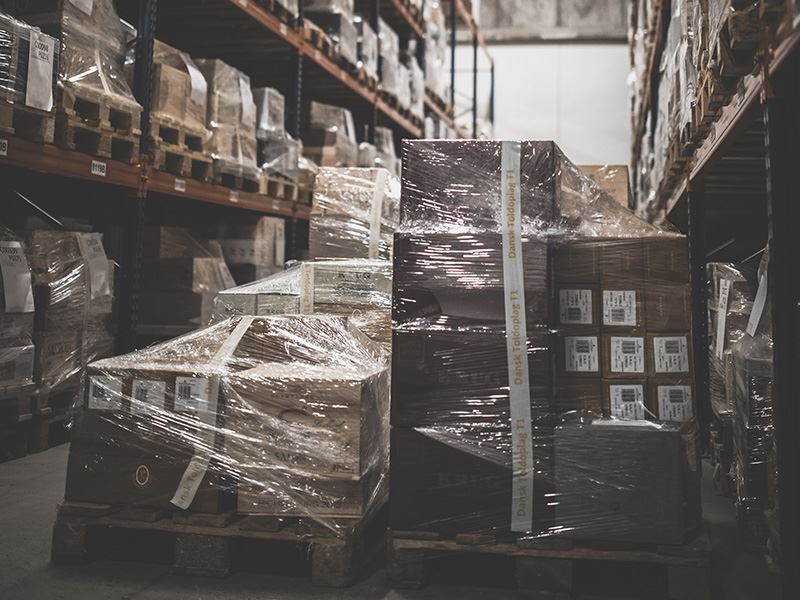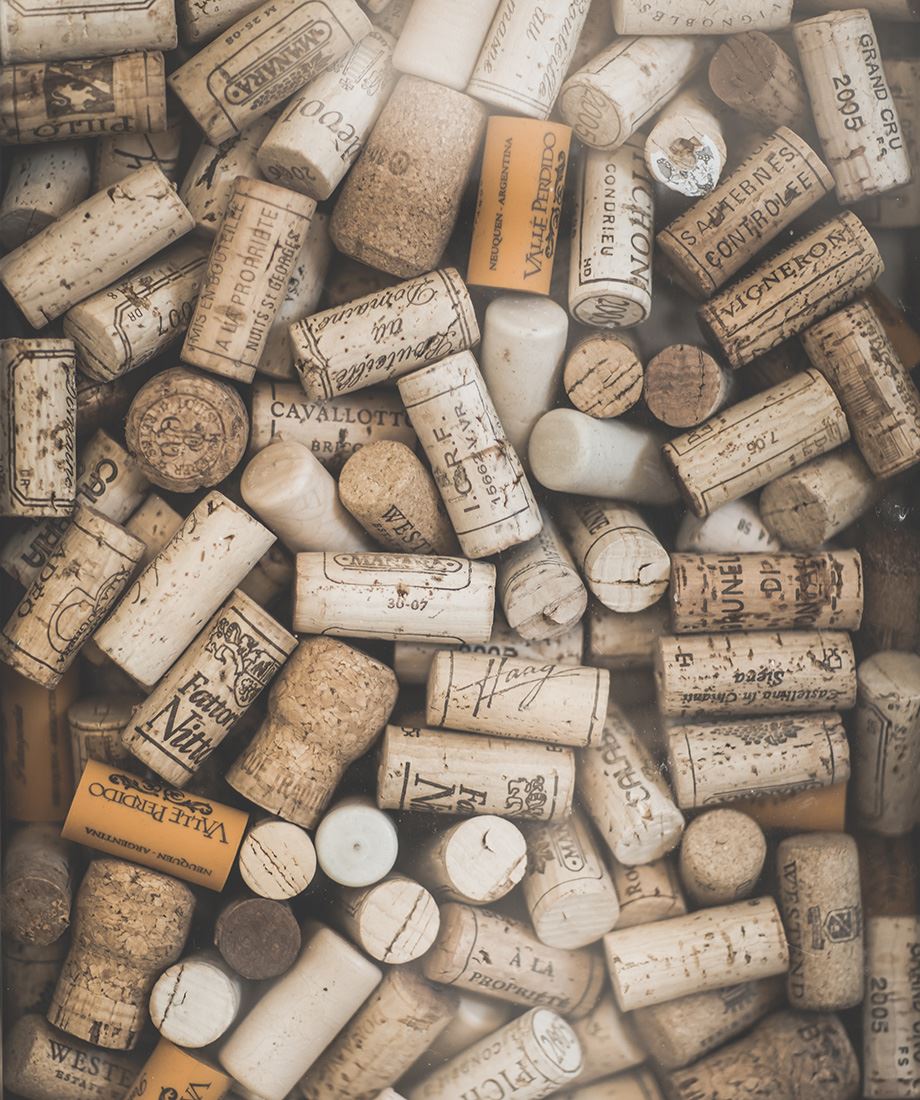The world of fine wine investment is a landscape that hinges on nuance and complexity, where value is a vital indicator reflecting the current supply dynamics, all hinged upon trading data provided by third-party entities such as the esteemed British wine exchange, Liv-ex, and the renowned wine-searcher.com.
Our investment platform's price indications are rooted in simple data like those mentioned above, serving as a compass for prospective investors. However, it is imperative to recognize that these indications are not definitive market values. In reality, the market's tangible pulse differs from these data-driven approximations. The ebb and flow of day-to-day transactions can introduce fluctuations in data, sometimes deviating from the actual market worth.
New and updated price points are reduced during low and declining market activity, complicating consistently maintaining a meaningful market assessment and vice-versa in times of high and rising market activity.
In light of this, we approach the valuation of your wines with a deliberate human touch. When the time comes for you to actualize a position and initiate a sale, our team of specialists undertakes a meticulous assessment* of your wines. This personalized evaluation is designed to provide the most comprehensive guidance for an efficient sale, considering the intricacies that numbers alone cannot encapsulate.
Relevant data include price, development, trade volume, availability, quantity, packing, provenance, brand, drinking window, market activity, etc.
Choosing positions where the supply can not meet the future demand is essential for any wine investor. However, in the early years after a bottle of wine is released in the market, supply can outplace demand - a scenario also seen during global economic downturns. The key lies in identifying an appealing price point that aligns profitably for both the professional buyer and the seller at any time.
Depending on the types of wines chosen for your portfolio, there can be significant variations in investment strategy. For instance, acquiring larger quantities of Italian wine at a relatively lower bottle price is considerably more accessible, while obtaining large amounts at low bottle prices in Burgundy is nearly impossible. Consequently, this leads to distinct scenarios in terms of price evolution. Diversifying risk across various positions and regions is advantageous, like any other investment.





